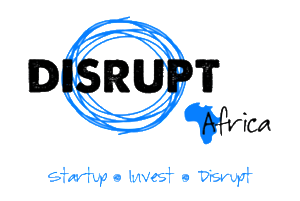South Africa-based payments infrastructure company Stitch has expanded to become an end-to-end payments service provider, off the back of a host of new solutions including pay-ins via card and debit order, and payments orchestration and reconciliation system PayOS.
Founded in February 2021, Stitch is a payments infrastructure company that helps businesses scale faster, and operate more efficiently. The Stitch payments API and tools reduce the effort required for businesses across sectors to connect to the financial system and deliver delightful experiences for their users.
The startup has raised a total of US$27 million in funding and has offices in Cape Town, Johannesburg and Lagos. It has now expanded its offering, with the Stitch payments suite designed specifically for businesses with complex payments needs, offering flexibility and customisation.
Stitch launched its first pay-in method, Instant EFT, in late-2021. It moved from a single-method provider toward a multi-method offering with the launch of Direct Deposit in November 2022, and CashPay in February 2023, in addition to Payouts. With the latest launches, Stitch has become a full service payments service provider, with the evolution in large part a response to requests received from existing clients to help solve more of their payments needs.
Through a single API integration, Stitch clients can now accept payments via Instant EFT, debit and credit card, direct deposit, debit order, and cash, and also track, manage and reconcile payments received across multiple methods, providers and geographies via PayOS. They can also easily disburse funds via Payouts.
“We’re really excited to fully serve our clients end-to-end, and meet more of their payments needs,” said Stitch president Junaid Dadan. “We operate as a client-first business and have found that clients see us as a thought partner in the way they run their payments environments. Over time they’ve started asking us to support them with more solutions. This progression is in response to that demand, and an effort to fill gaps we see in the market across the payments stack.”


